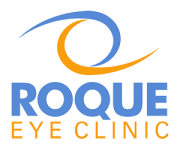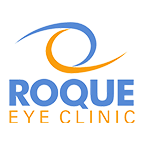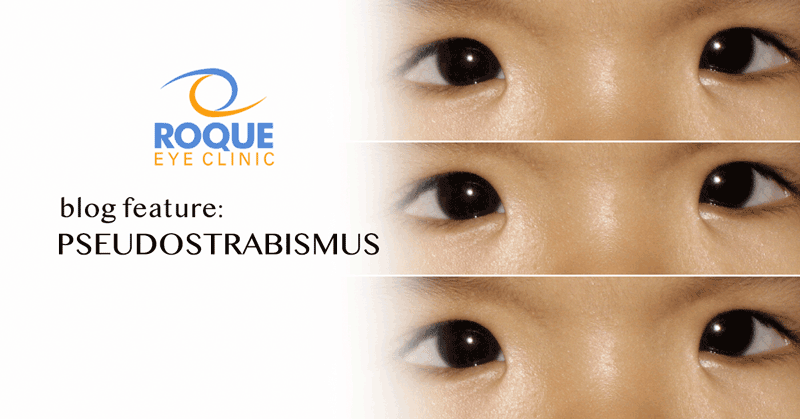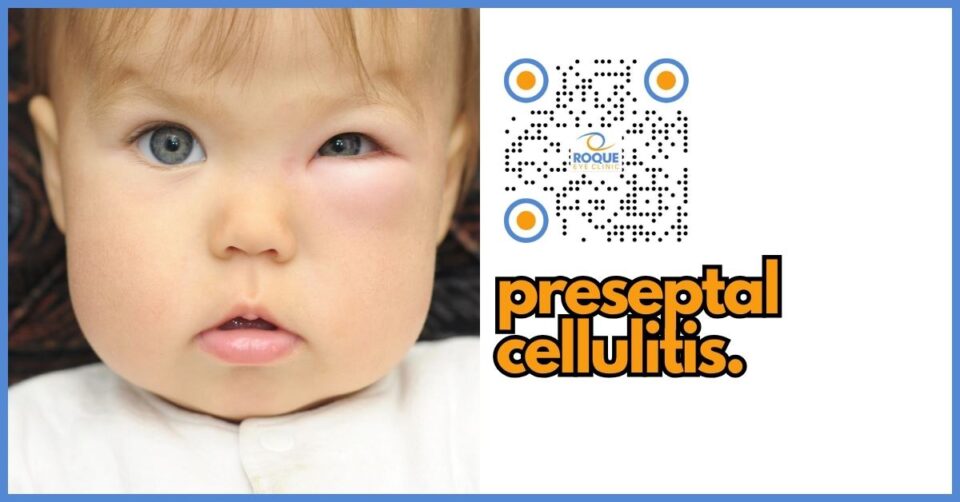Pseudostrabismus is a common diagnosis seen in a pediatric ophthalmology practice. Parents and pediatrician alike are sometimes unnecessarily stressed by the perception of an apparent eye deviation due to an abnormal configuration of the upper eyelid margins. Results of cover testing and eye motility testing in the clinic are usually normal.
Having this diagnosis is not a guarantee that these patients are risk free. Retrospective studies showed that about 10-15% of patients initially diagnosed with pseudostrabismus could actually end up with true strabismus later in childhood. Thus, pediatric ophthalmologists recommend at least a yearly follow-up.
References:
- Pritchard, C. and Ellis, G. Jr. (2013). Efficacy of modified cover testing for detection of incipient true strabismus with pseudostrabismus diagnosis. Am Orthopt J, 63: 73-79.
- Won, R. and Lambert, S. (2020). Incidence of strabismus and amblyopia among children initially diagnosed with pseudostrabismus using the optum data set. in Am J Ophthalmol, 211: 98-104.







